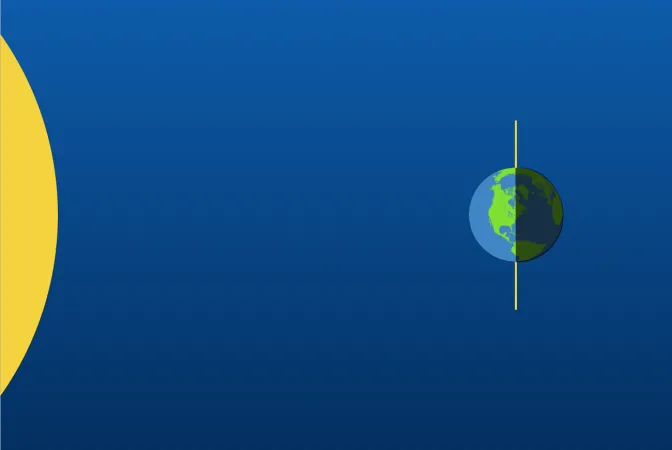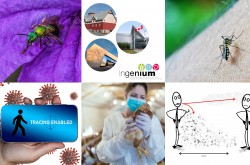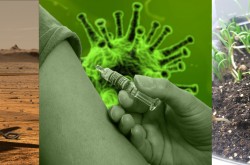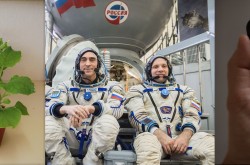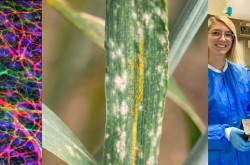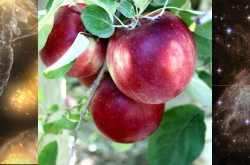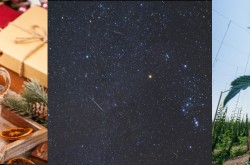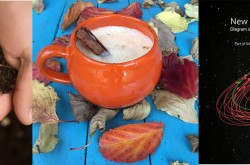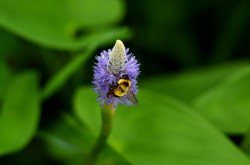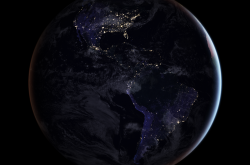Understanding the Equinoxes
If you’re in the Northern Hemisphere, it’s the beginning of Spring, and if you’re in the Southern Hemisphere it’s the beginning of autumn. Either way, Science Advisor Jesse Rogerson explains why we have equinoxes in the first place.
Transcript
The 2018 Vernal Equinox occurs on Tuesday, March 20 at 12:15 p.m. Eastern Time. In the Northern Hemisphere, this is simply known as first day of spring; if you live in the Southern Hemisphere, it’s the first day of autumn. But what is an equinox?
The equinox has everything to do with the Earth, the Sun, and axial tilt. Our planet’s north-south axis, the axis we rotate around, is tilted 23.5 degrees relative to the plane of our orbit around the Sun. The tilt is fixed, it’s always tilted, and always pointing the same direction. Actually, the North Pole points directly at Polaris – also known as the North Star – a star that is fixed in the same location in our sky.
Now since our rotational axis is tilted, but always pointing the same direction, how sunlight falls on the Earth changes as we orbit the Sun. In December, the North Pole is pointed away from the Sun, which gives us shorter days, spreads sunlight out over a larger area, making it colder in the North. But six months later in June, the north pole, still pointing at Polaris, is now tilted towards the Sun, giving us longer days, concentrating the sunlight over a smaller area, making it warmer in the North.
Between those two extremes, there’s a midway point where the poles are neither pointed towards the Sun or away; a point where the shadow of Earth is perfectly parallel with the north-south axis. This exact moment is called an Equinox. Roughly speaking the amount of sunlight we get on Earth that day is about 12 hrs, and the term Equinox originates from the latin for “equal night.”
[image of an equinox lining up with the shadow/axis]
We get two equinoxes every year, the “vernal” equinox in spring, and the “autumnal” equinox in autumn. And yes, we tend to think of them as the start of spring, or the start of fall. But it’s also a great chance to learn how a simple axial tilt can affect an entire planet’s weather.



